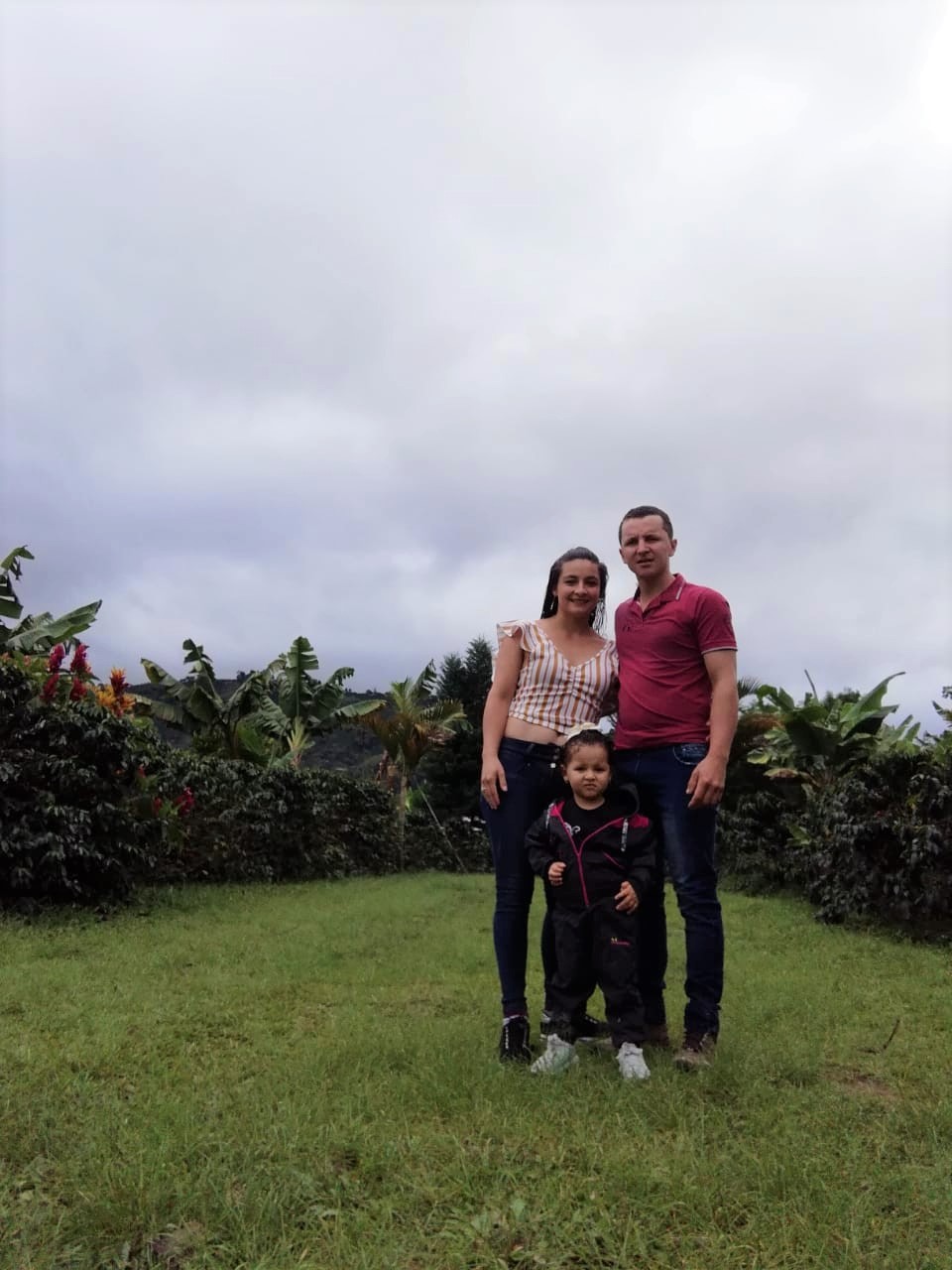Colombia Huila Bonanza Natural – *48740* – 25881 – 70.4 kg GrainPro Bags – SPOT RCWHSE
Position Spot
Bags 0
Warehouses Oakland
Flavor Profile Strawberry, cherry, bittersweet chocolate, tart
Please Note This coffee landed more than 8 months ago.
Out of stock
About this coffee
Grower
Aurelio Alba Ríos and his brothers
Altitude
1880 masl
Variety
Castillo, Caturra
Soil
Clay loam
Region
Timanco, San Agustín Municipality, Huila Department, Colombia
Process
Full natural and dried on rooftops and raised beds
Harvest
October- December
Certification
Conventional
Coffee Background
Huila is arguably Colombia’s best-known department for top microlots. Huila’s geographical accessibility, dense population of knowledgeable farmers, warm and subtropical forests, high elevations, and microclimate diversity have for many years sustained one of specialty coffee’s most beloved regions. Huila is a long and narrow valley that follows a winding gap between two large cords of the Andes. Uphill from the valley’s lush and picturesque lower slopes (Colombia’s 950-mile long Magdalena river has its source in southern Huila and has shaped the agriculture here for centuries) are a diverse array of coffee producing communities, often dramatically steep, and each with their own unique climate and history.
San Agustín is one such community. Located in the more forested and humid southern limit of Huila, San Agustín is best known for its archaeological park, an international destination and UNESCO World Heritage Site containing a vast array of megalithic sculptures and one of the world’s largest indigenous necropolises. The municipality is also Huila’s nearest to the source of the Magdalena river. Coffee producers are fewer and further between here than elsewhere due to the thicker forests and nearby Puracé national park.
The name “Timanco” is a significant one in Huila’s history. One of the most forceful indigenous resistances in Latin America’s history was led by a local leader named Timanco against the Spanish in the nearby town of Timaná Colombia’s first Spanish settlement. The story of Timanco’s bravery against the Spanish, ending in his capture and death, has been a source of inspiration and pride to Huila’s indigenous descendants since the mid-1500s. Hotels and other businesses across the Huila department often carry the name “Timanco”, and the 8 farms comprising this coffee are from a small community outside of San Agustín that identifies with the same name.
Aurelio Alba Ríos and his 7 brothers all farm family land inherited from their grandparents. As such, they all were raised in the farming business and with a deep appreciation for the land, the great responsibilities of agroforestry, and their community. The Ríos brothers harvest during Huila’s smaller harvest period, at the end of the calendar year (Nariño and Tolima, and much of Huila, typically harvest April-July). Between the 8 of them coffee is grown on a total of 8 hectares, and natural processing involves a brief period of in-cherry fermentation, about 12 hours to allow sugars to peak, and then an 8-15 day drying period on raised beds.
Achieving a high-quality regional blend in Colombia, the world’s most spectacularly complex and diverse coffee country, is a very complicated endeavor. There are a seemingly endless number of microclimates, all chiseled out by the cordillera of the Andes mountains, which take up almost a third of Colombia's territory. The exporter of the Ríos brothers’ coffee, InConexus, is a specialty service provider and relationship management company that works directly with growers in 7 of Colombia’s departments. InConexus manages local purchasing hubs throughout the departments where they work. The hubs buy parchment, or dried naturals, directly from growers, intaking coffee through a rigorous quality classification and pricing system tied to cup score. Once assessed, deliveries are blended under micro-brands (such as “Bonanza”) or sold as single-farm lots and marketed around the world. InConexus prides itself on prioritizing direct knowledge between producers, importers and roasters, hosting multiple auction events or educational summits each year to expose producers to the wider market, and vice versa.






